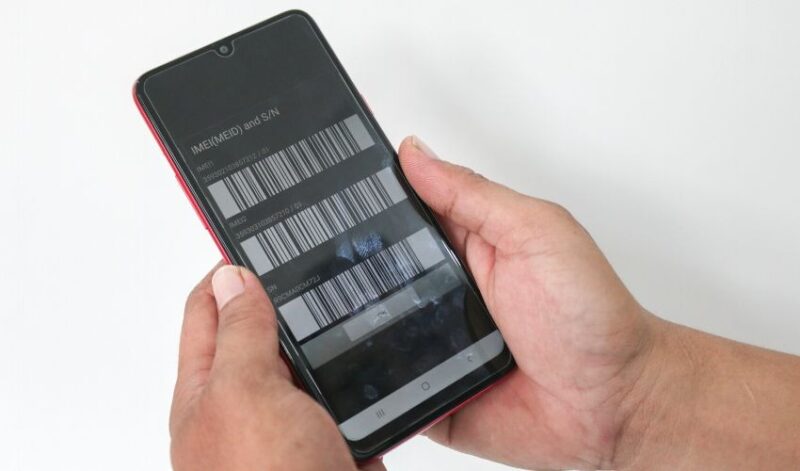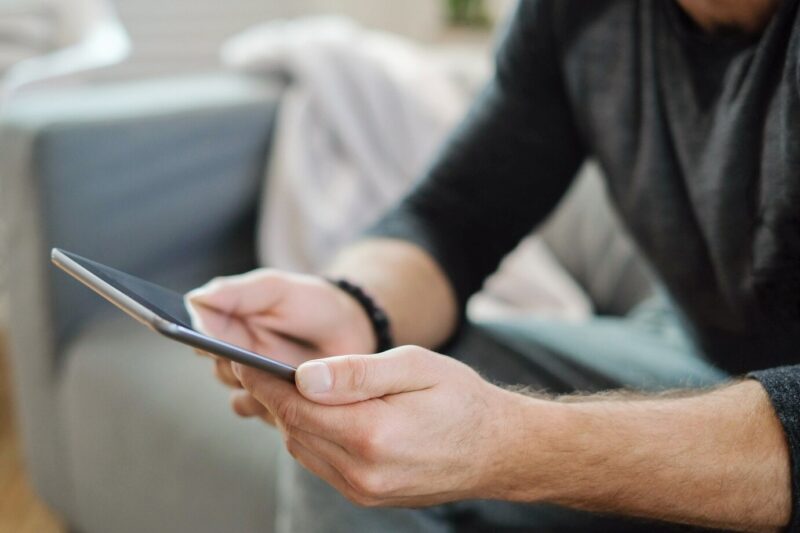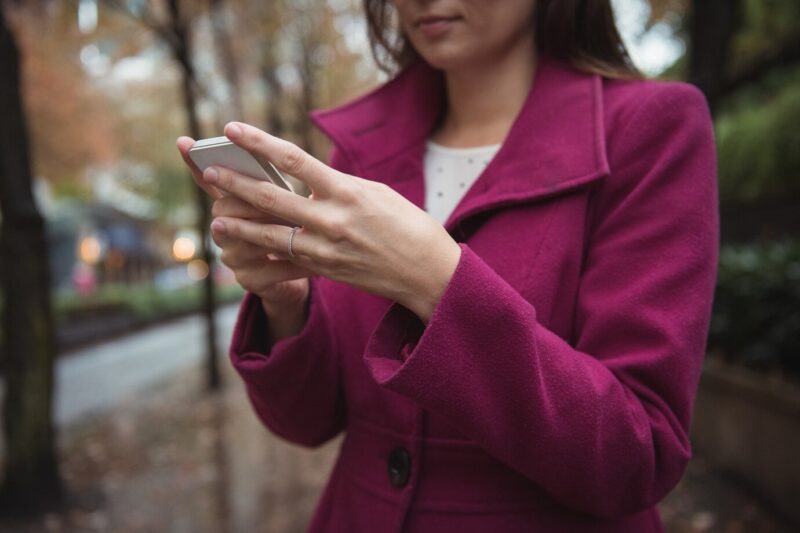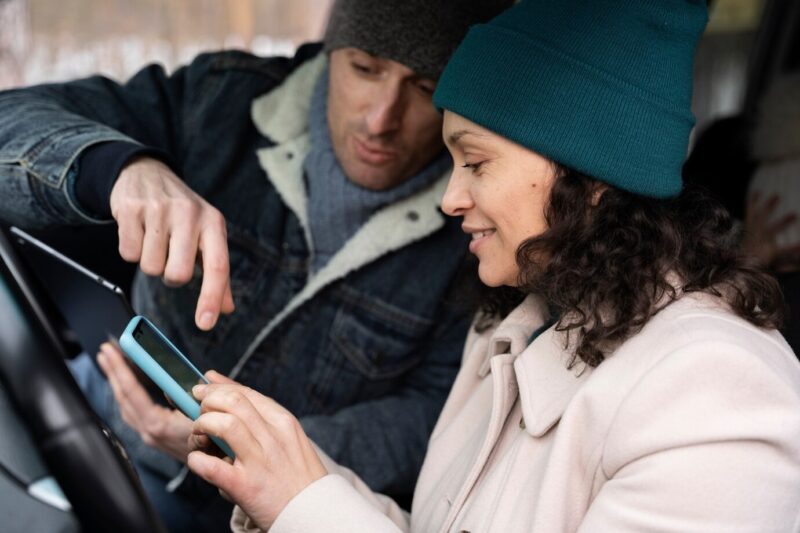Buying a second-hand phone might feel like finding a great bargain. But what if that “amazing deal” turns into a frustrating mistake? One simple habit can protect you from unnecessary headaches: always check the IMEI (International Mobile Equipment Identity) number before you seal the deal.
Let’s talk about why this small step is your best friend in the world of pre-loved gadgets.
Key Points
- Check the IMEI to avoid buying stolen devices.
- The IMEI tells you the phone’s history.
- A blocked IMEI means the device won’t work on most networks.
- Verifying the IMEI takes seconds and saves you from major hassles.
What Is an IMEI, and Why Does It Matter?

The IMEI (International Mobile Equipment Identity) is the fingerprint of your phone. This 15-digit number tells the story of the device—where it has been, what network it’s tied to, and whether it’s banned or blacklisted. Think of it as running a background check on a new roommate. You wouldn’t skip that step, right?
This number is essential for ensuring the device isn’t stolen, locked to a carrier, or involved in fraudulent activity. It’s a simple way to protect your investment. Some websites make checking an IMEI easy and fast. With tools like IMEI24, you can quickly learn if the device you’re eyeing is legit or a potential red flag.
Avoid Getting Scammed: Why Checking the IMEI Is Crucial
1. Stolen Devices Are Everywhere
A lot of stolen phones end up on the second-hand market. Without checking the IMEI, you might unknowingly buy one. This could mean owning a device that’s unusable or worse—illegal. A quick IMEI check reveals if the device is blacklisted because it was stolen or involved in shady business.
2. Blacklisted Phones Don’t Work
A phone with a blocked IMEI won’t connect to most carriers. Imagine buying what you think is your dream gadget only to find it’s nothing more than an expensive paperweight. You don’t want to explain to your friends why your new device can’t even make a call.
3. Legal Risks
Owning stolen goods, even unknowingly, can get messy. Checking the IMEI keeps you in the clear and ensures you’re not accidentally supporting illegal activities. It’s better to be safe than sorry.
Where to Find the IMEI Number

Every device hides its IMEI in plain sight. Here are some easy ways to locate it:
- Dial *#06# on the device, and the IMEI number will pop up.
- Check the settings menu under “About Device.”
- Look on the original packaging if it’s available.
- Find it on the SIM tray or the back of the phone.
It’s a straightforward process, and once you locate the number, you’re halfway to making a safer purchase.
How to Check the IMEI for Problems
Checking an IMEI is quick and free in most cases. Here’s a simple process to follow:
- Get the IMEI number using the methods mentioned above.
- Visit an IMEI-checking site like IMEI24.
- Enter the number, and review the results.
The report will show if the device is blacklisted, tied to unpaid bills, or still under a carrier contract. A few seconds of effort here can save you hours of frustration later.
What Happens If the IMEI Is Blocked?
A blocked IMEI often means trouble. Here’s what it could signify:
- Stolen or Lost: The owner reported the device as stolen, and it can’t connect to carriers.
- Carrier Restrictions: The phone might still be tied to a payment plan or locked to a specific carrier.
- Unpaid Bills: Sometimes, devices get blacklisted because the previous owner stopped paying the contract.
Always verify the number to avoid such headaches.
Red Flags to Watch Out For

Buying second-hand devices comes with risks. Stay alert for signs that something isn’t right:
1. Seller Refuses to Share the IMEI
If the seller doesn’t want to share the IMEI, walk away. A legitimate seller should have no problem sharing this number.
2. Price Seems Too Good to Be True
A deal that feels suspiciously cheap often comes with hidden problems, like a blocked IMEI or a stolen device.
3. Lack of Original Packaging or Receipts
If the seller has no proof of purchase, ask yourself why. It could be a warning sign.
4. Rushed Sale
If the seller pressures you to make a quick decision, take it as a sign to step back. You need time to verify everything.
5. How to Verify an Unlocked Phone
Unlocked phones offer flexibility, but even they can come with problems. Before you buy, ensure the IMEI checks out. Many blacklisted devices get sold under the guise of being unlocked. Always confirm that the device isn’t banned from connecting to networks.
Tips for a Safer Purchase
Here are some handy steps to follow when buying a second-hand device:
- Ask for the IMEI upfront.
- Meet the seller in person, if possible.
- Test the device before paying.
- Use trusted IMEI-checking tools.
- Request a receipt or proof of purchase.
What to Do If the IMEI Is Problematic
If you find out the IMEI is blacklisted, it’s best to avoid the purchase. Inform the seller about the issue and walk away. Do not attempt to fix or tamper with the number—it’s illegal and could cause more trouble. Look for a legitimate seller who can provide a clean device.
How to Spot a Trustworthy Seller
Finding a reliable seller is just as important as checking the device itself. A few characteristics can help you identify someone who values transparency and honesty:
- Clear Communication: A trustworthy seller will answer your questions directly and won’t avoid details about the device’s history, condition, or serial numbers.
- Proof of Ownership: Legitimate sellers usually have receipts, original packaging, or documents to prove they own the device legally.
- Willingness to Meet in Person: Sellers who are open to meeting in a public space and allowing you to inspect the device show confidence in their product.
- Fair Pricing: If the price aligns with the market value and doesn’t feel suspiciously low, it’s a good sign the device is legitimate.
Final Thoughts
Checking the IMEI isn’t just smart—it’s essential. A few seconds can save you from spending hard-earned money on a device that won’t work or, worse, lands you in legal trouble. Always check before you buy, and don’t settle for less. A legitimate gadget is worth the extra effort.
Related Posts:
- Regulatory Certifications for First Aid Kits ─ What…
- Is That Headline True? Easy Ways to Fact-Check…
- Is Your Vendor Management Process Ready for the Next…
- Top 5 Tips for Mastering Movement in First-Person Shooters
- How to Check SD Card Health on Windows - Keep Your Data Safe
- How to Check How Much Wattage Your PC Is Using? DIY…








